On paper, the Transition Sentinel is very similar to the competition in terms of travel and weight. In practice, however, the other bikes were not able to keep up – at least on steep descents.
For an overview of the test fleet head to the group test: The best trail bike you can buy
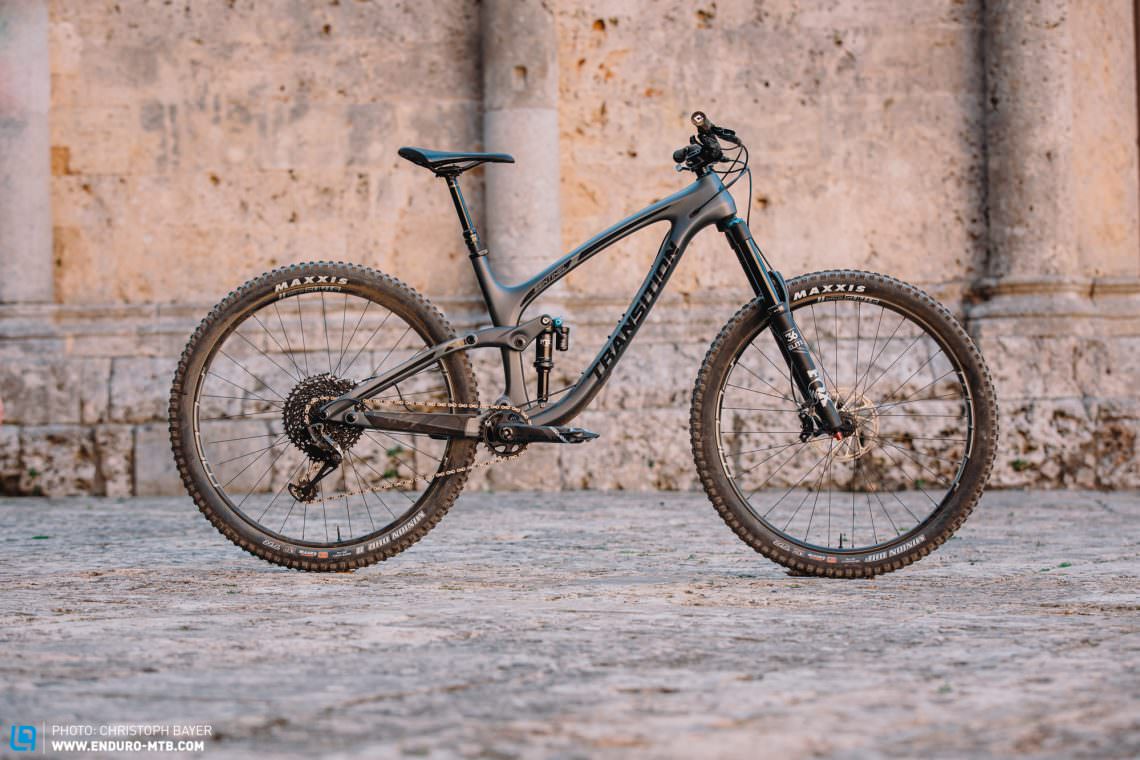
“Are you sure the Sentinel is the right bike for this test?” We had to ask Transition this question when they said they’d send us the Sentinel for the group test. They were sure! With 160 mm of travel at the front, 140 mm at the rear and its long and slack “Speed Balanced Geometry”, it resembles an enduro bike. The geometry consists of a long front triangle with a slack head angle, shortened fork offset and short chainstays, intended to give the bike optimum handling both at high speed and in technical terrain. When it comes to the spec, the American brand relies on proven technology. The FOX Performance Elite suspension, as well as the SRAM X01 drivetrain and the Stan’s Flow MK III wheels, leave nothing to be desired. The package is rounded off with a short 40 mm ANVL stem that clamps to an 800 mm wide ANVL carbon bar.

Where other bikes reach their limits, the Sentinel only just gets going.
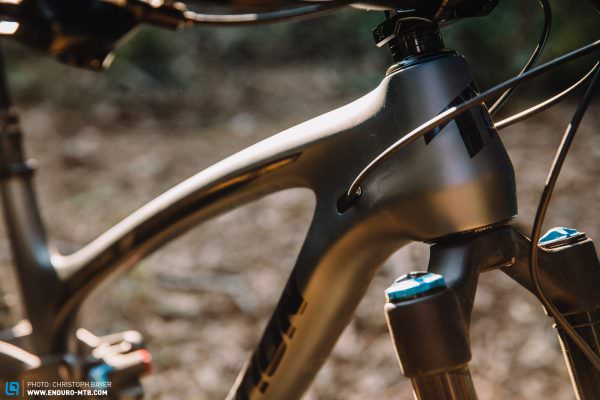

The Transition Sentinel in detail
Fork FOX 36 Grip 2 Performance Elite 160 mm
Schock FOX DPX2 Performance Elite 140 mm
Brakes SRAM CODE RSC 180/180 mm
Drivetrain SRAM XO1 Eagle
Seatpost RockShox Reverb Stealth 170 mm
Stem ANVL Swage 40 mm
Handlebar ANVL Mandrel Alloy 800 mm
Wheelset Stan’s Flow MK3 Team
Tires MAXXIS Minion DHF/DHR II
Weight 13.92 kg
Price € 6,399
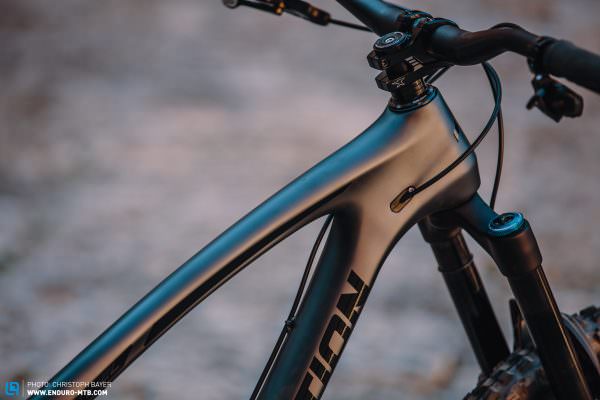
The finish and the flowing lines of the Transition Sentinel are beautiful.

The FOX 36 Performance Elite convinces with excellent riding characteristics. Transition uses a model with a shortened offset, which makes the bike easier to handle despite the slack head angle.
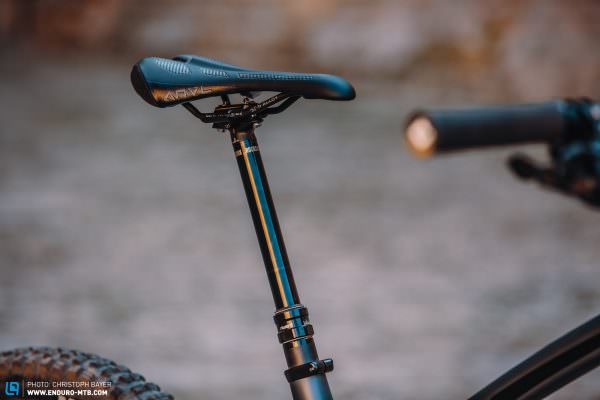
The 170 mm RockShox Reverb dropper seatpost gives you plenty of room to move on the bike. The only thing better than a long dropper seatpost is an even longer one – provided your legs are long enough.
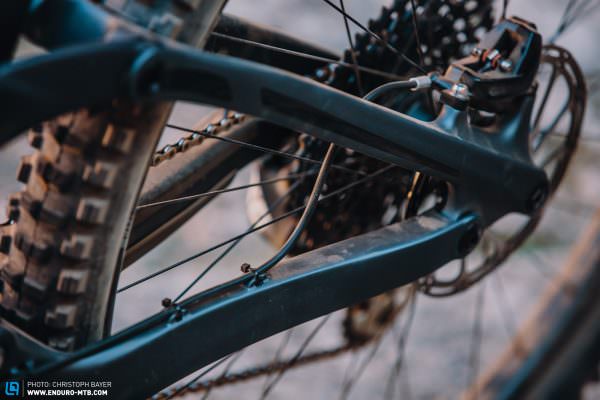
Transition routes the brake line on the outside of the frame. This makes replacing the brakes for a service a lot easier, as the brake hoses can stay attached to the calliper and the brake lever.
Geometry of the Transition Sentinel
| Size | S | M | L | XL |
|---|---|---|---|---|
| Seat tube | 360 mm | 400 mm | 440 mm | 490 mm |
| Top tube | 568 mm | 593 mm | 622 mm | 650 mm |
| Head tube | 100 mm | 100 mm | 110 mm | 120 mm |
| Head angle | 64° | 64° | 64° | 64° |
| Seat angle | 77.5° | 77.5° | 77.5° | 77.5° |
| Chainstay | 435 mm | 435 mm | 435 mm | 435 mm |
| BB Drop | 30 mm | 30 mm | 30 mm | 30 mm |
| Wheelbase | 1193 mm | 1218 mm | 1247 mm | 1277 mm |
| Reach | 425 mm | 450 mm | 475 mm | 500 mm |
| Stack | 617 mm | 617 mm | 626 mm | 635 mm |
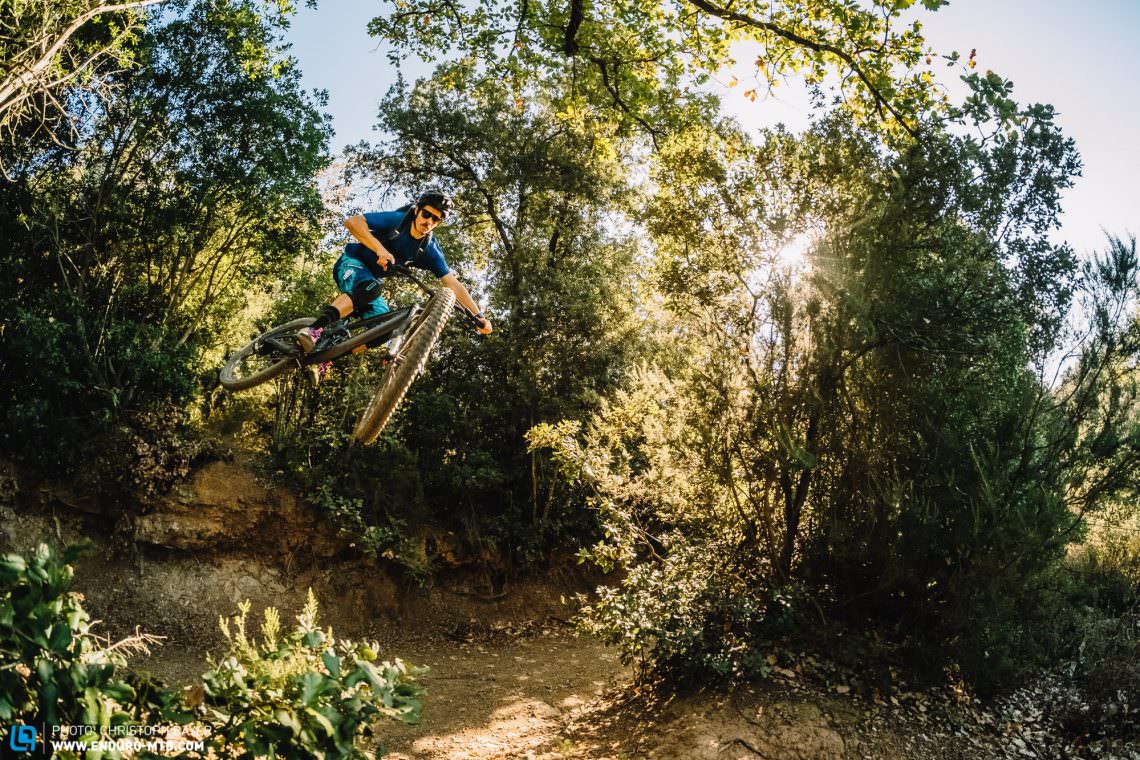

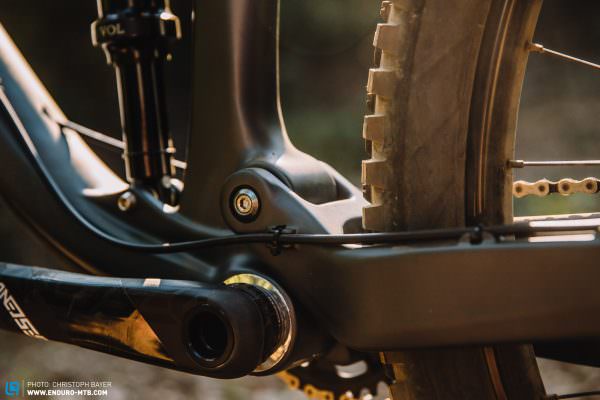

Glasses Smith Barra | Backpack EVOC STAGE 12 l | Jersey 100% Celium Jersey | Short 100% Celium Short | Shoes Specialized 2FO Flat
The Transition Sentinel on the trail
After only a few meters of climbing onboard the Transition Sentinel, it becomes clear that the bike is a little slower than the rest of the test field. Although it climbs well, it doesn’t seem as lively as its competitors. The seating position is central, the suspension is efficient and yet the bike appears minimally slower overall. It doesn’t exactly motivate you to sprint, but it will get you the trail-head comfortably and consistently. In tight technical sections, the front wheel tends to want to topple over, mainly due to the slack head angle.
The slight sluggishness of the bike is felt on the trail too. The Transition only really comes to life when you get into very fast descents. The bike performs excellently on steep tracks: it feels very balanced and instils you with confidence to charge on like never before. Its suspension easily absorbs rock gardens, roots, and ruts while offering sufficient support. However, when you’re riding on flatter more flowing trails, the Sentinel quickly becomes bored and you’ll feel it in the handling. In these situations, it requires an active riding style and a lot of input from the rider to get around corners. You’ll also have to work a bit to get it off the ground. In tight sections, the Sentinal requires you to use your weight to muscle it around turns.
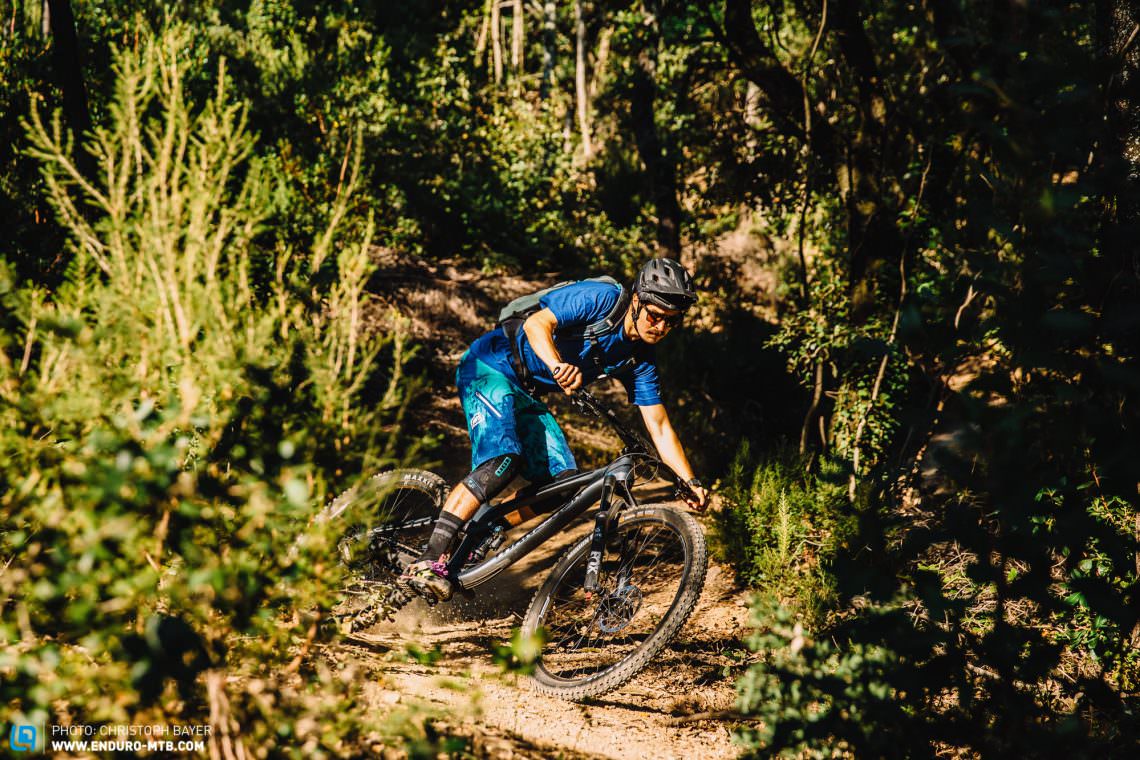


Conclusion
On demanding trails, the Transition Sentinel leaves its competition in a cloud of dust. For those who really like it hard and have a strong urge to go as fast as possible, this is the bike. Considering how well it descends, this bike is not bad at climbing either. However, if you value balanced, playful handling, it’s better to look elsewhere – the Transition Smuggler could be an exciting alternative.
Tops
- unstoppable on demanding tracks
- very stable at high speed
- great spec
Flops
- gets bored on simple trails
- requires an active riding style
- on tight climbs, the front wheel tends to want to flop from side to side
Uphill
Downhill
Stability
Agility
Value for money
More info at: transitionbikes.com
For an overview of the test fleet head to the group test: The best trail bike you can buy
All bikes in test: Canyon Spectral CF 9.0 LTD | Evil Offering X01 | Giant Trance Advanced Pro 29 | Ibis Ripmo | Pivot Mach 5.5 Pro XT | Propain Hugene Highend | Rocky Mountain Thunderbolt BC Edition | Santa Cruz Bronson CC X01+ | Scott Genius 900 Ultimate | Specialized S-Works Stumpjumper 29 | Transition Sentinel X01 | Trek Remedy 9.9 | YT Jeffsy 29 CF Pro Race
Did you enjoy this article? If so, we would be stoked if you decide to support us with a monthly contribution. By becoming a supporter of ENDURO, you will help secure a sustainable future for high-quality mountain bike journalism. Click here to learn more.
Words & Photos:









